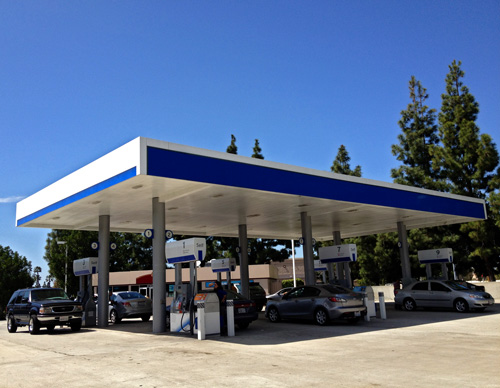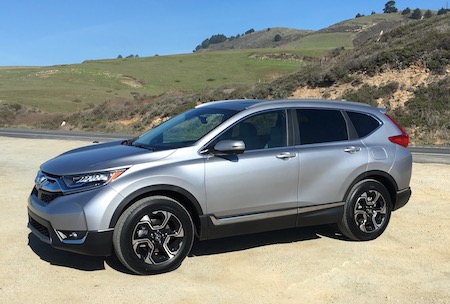Mid-Year Review of Fuel Price Impact on American Drivers
- June 16, 2017
- Auto XPRT Speaks..., Automobile Cool News
- Posted by George Peterson
- Comments Off on Mid-Year Review of Fuel Price Impact on American Drivers
Every two months, AutoPacific surveys drivers to determine the fuel price impact on their lives, their driving styles and their consideration for vehicle types in the future. The fuel price impact today is dramatically different from the surprise price spike to $4.15 per gallon in June 2008. Drivers reacted dramatically. They abandoned large SUVs and bought high fuel economy small cars and hybrids instead. Hybrid consideration peaked at 29% in September 2008.
Drivers took huge financial losses getting rid of their gas guzzlers, but they quickly rued that decision. By December 2008 the price of gasoline had dropped to $1.67 per gallon. (The value of $1.67 in 2008 is $1.94 in today’s dollars). This began a roller coaster ride of gas prices. By January 2011, gas prices had risen to over $3 per gallon and stayed there until December 2014. Today, the national price of a gallon of gasoline is about $2.50.
American Driver Know Fuel Prices Will Change The result is that American drivers do not trust the stability of gasoline prices. In 2008, fuel price was among the top ten attributes people considered important when they bought a new car. Now, fuel price is twentieth. In fact, fuel price is considered less important now than power and acceleration and fun to drive.
At the last peak in 2011, almost 60% said gas prices had a (negative) impact on their standard of living. Today, that number has halved to 30%. More people are feeling they can afford a more expensive, less fuel efficient vehicle. Of course, longer financing terms and increases in leasing also has stimulated their buying behavior.
Cars Losing, Crossover SUVs Winning Consequently, trucks rule. Based on the results of the Fuel Price Impact Survey, consideration for cars has been steadily slipping since 2005. In December 2005, 67% of drivers would consider a car next time they bought. In 2017, that number has fallen to 49%. The vehicle segment with the strongest consideration is, surprise, SUVs and Crossover SUVs with 37% of drivers saying they would consider one next time they buy. That is up from 21% in 2005. Mid-Size Car consideration has dropped from 27% in 2005 to 12% today. Hybrid, the fuel efficiency darling, has fallen from 29% consideration in 2008 to 13% today.
This change in vehicle type consideration has caught some automakers by surprise. Hyundai is a notable example where sales are off substantially. They simply don’t have enough SUVs to sell even though they have added extra capacity for the Hyundai Santa Fe Sport to their plant in Alabama. Like Porsche when that German brand added the Cayenne SUV, Jaguar has seen its sales double after adding the F-Pace SUV to their lineup.
Regulations Forcing Automakers to Produce Vehicles That May Be Tough to Sell Even though fuel price is lower on the importance list and buyers are flocking to Crossover SUVs, more and more hybrids and electric vehicles are being introduced every year. The introduction of these new fuel efficient cars and trucks has been to meet the stringent government fuel economy regulations established by the Obama Administration. As good and as fuel efficient as these new vehicles are, they will need a marketing push to sell them. Automakers cannot expect “consumer pull” to get these vehicles on the road. With the price of fuel staying relatively low, American new vehicle buyers are going to buy what they want. This means continuing popularity for Crossover SUVs at the expense of Mid-Size Cars and Small Cars.
Potential changes to fuel economy regulations will impact how the auto industry reacts, but stopping or slowing the surge of hybrids, plug-in hybrids and electric vehicles is not in the cards. Too many sunk costs and resources already.



